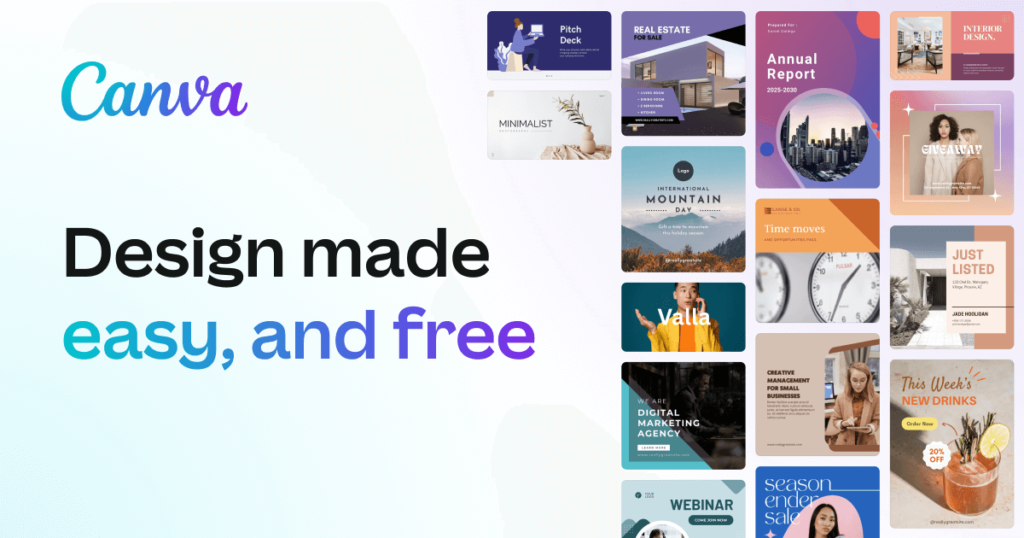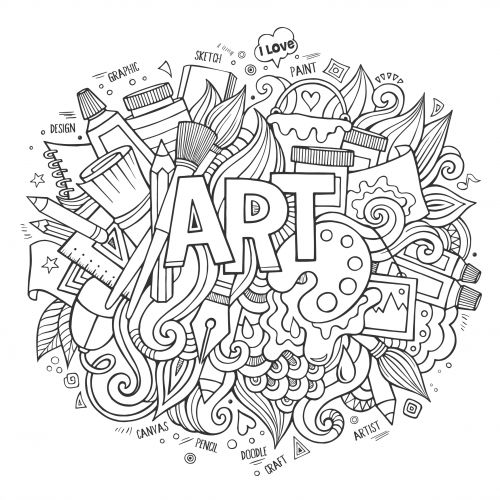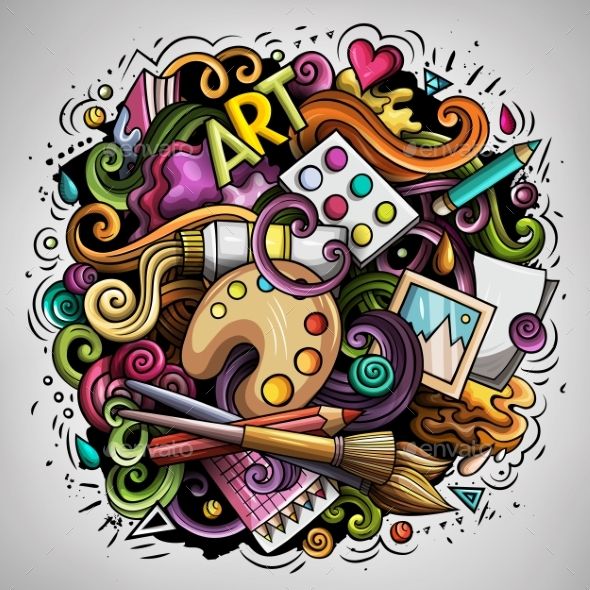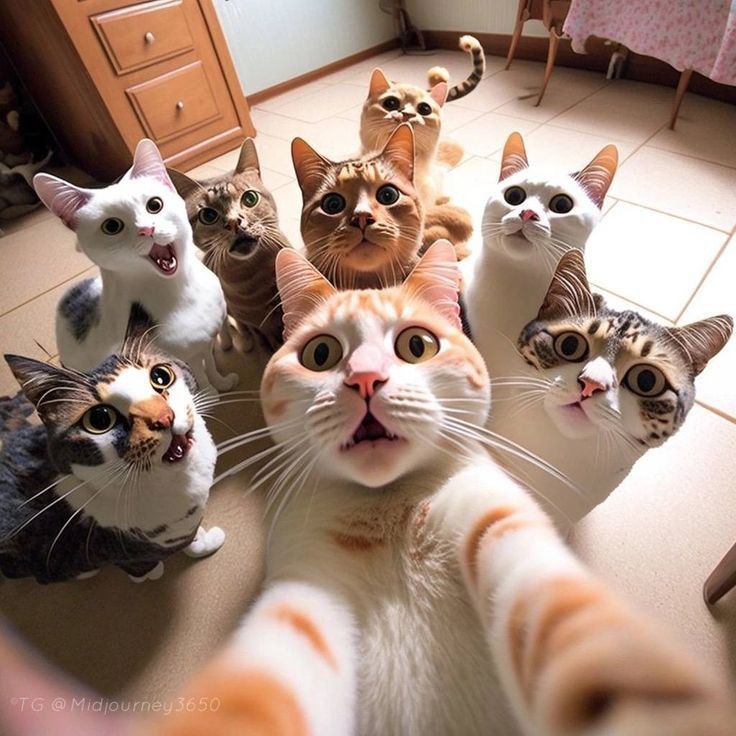Your marketing budget seems to vanish without showing results? Many business owners share your frustration.
Our experience with hundreds of small businesses taught us something valuable. Marketing success doesn’t depend on huge budgets. Smart spending matters more than spending big.
These 5 transformative marketing strategies will change your business approach. Each marketing strategies in our guide comes from rigorous testing and refinement. They work well even with tight budgets. You’ll learn to use content marketing that attracts organic traffic and local SEO that increases visibility. Our step-by-step guide shows the exact implementation methods to achieve the best results.
The strategies are straightforward and practical – designed to help your small business thrive. Your current marketing challenges could become your next big breakthrough.
Also Read : How Social Media Is Shaping Modern Trends
Content Marketing Strategy

Image Source: Neil Patel
Let’s take a closer look at our first game-changing strategy: content marketing. Small businesses have seen remarkable transformations through this approach, and the numbers tell the story.
Content Marketing Benefits for Small Business
Content marketing is the life-blood of successful small business marketing strategies, and with good reason too. Companies running active blogs see 55% more website traffic [1]. The numbers get even better – 77% of content marketers have built stronger audience trust through their strategies [1].
These benefits stand out from our experience:
- Cost-effective marketing: Digital content marketing has evened the playing field, making it available to businesses of all sizes [2]
- Trust building: Consistent, valuable content helps establish your authority in the field
- Lead generation: B2B buyers typically consume at least three pieces of content before making a purchase decision [1]
Creating an Effective Content Calendar
Research shows 64% of successful companies have documented their content strategy [3]. A content calendar plays a vital role in this success.
A well-laid-out content calendar helps you:
- Keep posting schedules consistent
- Plan for key business events and seasonal trends
- Stay ahead of content creation
- Make team collaboration better
Content Marketing ROI Measurement
Small businesses can measure content marketing success with simple metrics. These key indicators matter most:
| Metric Type | What to Measure |
|---|---|
| Traffic | Unique page views, time on site |
| Engagement | Social shares, comments |
| Conversion | Downloads, sign-ups, sales |
Your content marketing ROI calculation can be straightforward: (Return – Investment) ÷ Investment × 100 [4]. This shows the exact value your content creates compared to what you spend.
Evergreen content delivers the best long-term value. Regular updates and optimization make a difference – HubSpot’s research shows that companies with active blogs get 55% more traffic [1]. Tracking these metrics helps adjust your strategy to drive real business results.
Note that content marketing goes beyond blog posts or social media updates. It creates value that appeals to your audience and pushes business growth forward. These strategies and consistent measurement will guide you toward content marketing success.
Local SEO Domination

Image Source: Boostability
Local search results dominate small business success in today’s digital world. Our research shows that 46% of all Google searches have local intent [5]. This makes local SEO a powerful marketing strategy for small businesses.
Local SEO Fundamentals
Local search optimization goes beyond getting on Google Maps. Your business needs to be visible to nearby customers right when they need you. The numbers speak for themselves – 76% of people who search for something nearby visiting a business within a day [6]. This makes local SEO a game-changer for small business marketing strategies.
These three pillars lead to local search success:
- Relevance: Your business should match what people search for
- Distance: How close you are to the searcher
- Prominence: Your overall reputation and visibility
Google Business Profile Optimization
An optimized Google Business Profile (GBP) serves as the life-blood of local visibility. Data shows that businesses with complete GBP information are 70% more likely to attract location visits [5]. Here’s what our optimization checklist looks like:
| Optimization Task | Impact |
|---|---|
| Complete NAP Information | Improves local ranking |
| Regular Photo Updates | 42% more direction requests [7] |
| Weekly Posts | Increases engagement |
| Business Description | Improves relevance |
| Category Selection | Helps discovery searches |
Local Citation Building
Consistent citations on the web play a significant role in local SEO success. Citations mention your business’s name, address, and phone number (NAP) on other websites. Google’s trust in your business grows when it sees consistent information across multiple platforms [3].
We recommend these citation building strategies:
- Start with major directories and data aggregators
- Keep NAP information consistent across platforms
- Use industry-specific directories
- Audit and update existing citations regularly
Businesses that actively manage their citations gain an edge in local search results. Note that 84% of Business Profile views come from discovery searches [7]. This highlights why accurate and consistent business information matters across the web.
Small businesses can improve their local search visibility by following these SEO strategies. Success comes from maintaining your online presence consistently, especially your Google Business Profile and citations.
Social Media Community Building

Image Source: Tagembed
A successful social media community goes beyond just gathering followers. It creates meaningful connections that stimulate business growth. Social media provides a powerful way to connect with new customers and shows what your company truly stands for [4].
Choosing the Right Social Platforms
The right platform choice can determine your small business’s success on social media. With Facebook reaching over 3 billion active monthly users [8] and Instagram boasting 2 billion active users [8], your platform selection will shape your social media strategy.
Here’s our platform breakdown based on business type:
| Platform | Best For | Key Statistics |
|---|---|---|
| All businesses | 200 million small companies active [8] | |
| Visual businesses | 90% of users follow business accounts [8] | |
| B2B companies | 900 million members [8] | |
| TikTok | Youth-focused brands | 1.8 billion monthly active users [8] |
Social Media Engagement Tactics
Building an audience requires helpful content rather than sales pitches [4]. These strategies have proven most effective:
- Authentic Communication: Customer interactions through comments create lasting impressions [4]
- Timely Responses: Facebook and Instagram work well as alternatives to email or chatbots [4]
- Value-First Approach: Resource sharing works better than sales messages [4]
- Community Involvement: Active responses to questions and comments matter [4]
Social Media Analytics and ROI
Small business marketing strategies need proper ROI measurement. 96% of marketers agree that social media delivers positive returns [9]. Social commerce shows a projected 30% year-over-year growth [9].
Your ROI improves when you:
- Track engagement metrics that match business goals
- Monitor conversion rates from social traffic
- Analyze customer experience touchpoints
- Measure community growth and interaction rates
Different industries need different content types [4]. Your approach should match your specific business needs. Social media works best when it merges naturally with your other marketing efforts [4].
These strategies have helped many small businesses build active communities that generate real business results. Success comes from consistent effort and genuine connections with your audience.
Email Marketing Automation

Image Source: Finalsite
Email marketing stands out as one of the most powerful tools to grow small businesses. We’ve watched automation revolutionize marketing strategies. Small businesses that use automation software generate twice as many leads as those without it [10].
Building an Email List
A quality email list forms the foundations of successful email marketing. Your list serves as a direct line to customers who’ve shown interest in your brand [11].
Here’s what we’ve learned about making list building work:
- Create valuable lead magnets (ebooks, templates, guides)
- Implement double opt-in to improve list quality
- Place signup forms on high-traffic pages strategically
- Give exclusive content that makes subscriptions worthwhile
Your email list decays by about 22.71% every year [11], which makes continuous list growth vital to marketing success.
Email Campaign Optimization
Our small business marketing experience shows that personalization drives email campaign success. The numbers tell an interesting story:
- Personalized subject lines increase open rates by 26% [12]
- Segmented campaigns can boost email revenue by 760% [12]
- Welcome emails show an impressive 50% open rate [12]
This optimization framework delivers maximum results:
| Element | Best Practice | Impact |
|---|---|---|
| Subject Lines | Personalize with recipient’s name | 10-14% higher open rates [12] |
| Mobile Design | Responsive templates | 46% of emails opened on mobile [12] |
| Automation | Trigger-based emails | 86% better performance [12] |
Email Marketing Metrics
Small businesses need to track specific metrics that measure email marketing success. Mobile email revenue averages $0.40, which is four times higher than desktop email clicks [12].
These metrics matter most:
- List Growth Rate: Shows your subscriber base health
- Engagement Metrics: Opens, clicks, and forwards
- Conversion Tracking: Sales and lead generation
- ROI Measurement: Revenue generated per dollar spent
Our data reveals that personalization can generate $20.00 in ROI for every $1.00 invested [12]. All but one of these brands use personalization in their email marketing [12]. This creates a great chance for small businesses to stand apart.
Email marketing goes beyond just another channel – it shapes the customer’s experience [12]. You can speak directly to each customer and address their specific needs in an authentic way [11].
These strategies and consistent measurement will help you create email campaigns that connect with your audience personally. Email marketing runs on relevance – the right message reaches the right person at the right time [13].
Customer Referral Program

Image Source: Zendesk
Our fifth game-changing marketing strategy uses your most valuable asset: satisfied customers. Small businesses have found that referral programs can accelerate growth when designed properly.
Designing a Referral Program
Successful referral programs need a clear, simple structure that motivates both existing and potential customers. The data indicates that these programs work best when people find them easy to understand and join [14].
Here’s how we recommend structuring your program:
| Program Element | Best Practice | Impact |
|---|---|---|
| Structure Type | Two-sided rewards | Higher participation rates |
| Reward Timing | Immediate payout | Increased motivation |
| Program Access | Multi-channel | Broader reach |
| Tracking System | Live monitoring | Better management |
Double-sided incentive programs consistently perform better than one-sided rewards [5]. This approach creates a win-win situation that makes both the referrer and their friend feel valued.
Referral Program Incentives
Selecting the right incentives is vital to program success. The most effective referral programs provide rewards that work well for both customers and your business [6].
These proven incentive types work best:
- Cash rewards for immediate gratification
- Store credits to encourage repeat business
- Points-based systems for long-term participation
- Free products or services for high-value referrals
Businesses that offer at least 10% off for friend offers see higher referral rates [15]. Note that 88% of people trust recommendations from friends and family [6].
Measuring Referral Success
Data monitoring can make or break referral programs [14]. Even the best-designed programs fail without clear metrics to track results.
These key metrics need tracking:
- Participation Rate: Shows how well your promotional strategy targets the right audience [14]
- Share Rate: Reveals how many supporters actually send referrals [14]
- Response Rate: Shows how many referred friends take action [14]
- Customer Lifetime Value (CLV): Compares referred vs. non-referred customers [5]
Our metrics show that referred customers have an 18% lower turnover rate than other customers [16]. This makes tracking and optimizing your referral program vital to long-term success.
Regular monitoring helps optimize your program for the highest ROI [14]. Channel performance analysis helps identify the most effective sharing methods and adjust strategy accordingly.
Note that referral programs break at scale without proper systems [14]. Dedicated referral software automates tracking and reward distribution. This creates a smooth experience for both advocates and their friends while maintaining program integrity.
These strategies have helped many small businesses turn satisfied customers into powerful brand advocates. The secret lies in keeping program design simple while maintaining resilient tracking and measurement systems.
Comparison Table
| Strategy | Key Benefits | Implementation Requirements | Important Statistics | Success Metrics | Key Tools/Techniques |
|---|---|---|---|---|---|
| Content Marketing | – Economical marketing – Trust building – Customer acquisition | – Documented content strategy – Content calendar – Regular updates | – 55% more website traffic – 77% increase in audience trust | – Unique page views – Time on site – Social shares – Conversions | – Evergreen content – Blog posts – Regular optimization |
| Local SEO | – Better local visibility – Higher conversion rate – Precise customer targeting | – Complete GBP profile – Consistent NAP information – Regular updates | – 46% of searches have local intent – 76% visit business within a day – 70% more likely to attract visits | – Location visits – Direction requests – Discovery searches | – Google Business Profile – Citation building – Local directories |
| Social Media Community | – Genuine connections – Direct customer interaction – Brand awareness | – Platform-specific strategy – Regular posting – Quick responses | – Facebook: 3B monthly users – Instagram: 90% users follow businesses – 96% positive ROI | – Engagement rates – Conversion rates – Community growth | – Platform-specific content – Genuine communication – Value-first approach |
| Email Marketing Automation | – Better lead generation – Customized communication – Optimized workflows | – Email list building – Campaign optimization – Mobile-responsive design | – 2x more leads with automation – 26% higher open rates with personalization – 22.71% yearly list decay | – List growth rate – Open rates – Conversion tracking – ROI | – Lead magnets – Segmentation – Trigger-based emails |
| Customer Referral Program | – Trust-based growth – Higher customer retention – Economical acquisition | – Clear program structure – Incentive system – Tracking mechanism | – 88% trust friend recommendations – 18% lower turnover rate | – Participation rate – Share rate – Response rate – Customer lifetime value | – Two-sided rewards – Multi-channel access – Immediate monitoring |
Conclusion
Smart strategy choices and consistent execution drive small business marketing success, not massive budgets. Our work with small businesses shows these five strategies create amazing results when done right.
These strategies each bring something special to the table. Content marketing helps build lasting trust and organic traffic. Local SEO makes your business visible to nearby customers. A social-first approach creates genuine community connections. Email automation delivers tailored messages. Referral programs help turn happy customers into brand supporters.
Your best bet is to start small with one or two strategies that line up with your business goals. Quality implementation matters more than trying everything at once. Note that successful marketing takes time – like running a marathon instead of a sprint. Many businesses we work with see their best results after 3-6 months of steady effort.
These proven strategies work by creating real value for customers without breaking the bank. Your small business can grow substantially by picking the right mix of these approaches and executing them well.
FAQs
Q1. What are the most effective marketing strategies for small businesses? The most effective marketing strategies for small businesses include content marketing, local SEO optimization, social media community building, email marketing automation, and customer referral programs. These strategies are cost-effective, build trust, and can significantly increase visibility and customer engagement.
Q2. How can small businesses improve their local search visibility? Small businesses can improve their local search visibility by optimizing their Google Business Profile, ensuring consistent NAP (Name, Address, Phone) information across all online platforms, and building local citations. Regular updates to your business profile and engaging with customer reviews can also boost local SEO performance.
Q3. Is email marketing still relevant for small businesses? Yes, email marketing remains highly relevant for small businesses. With proper automation and personalization, email campaigns can generate twice as many leads as those without automation. Personalized subject lines can increase open rates by 26%, making it a powerful tool for customer engagement and sales.
Q4. How can social media help small businesses grow? Social media helps small businesses grow by providing platforms for authentic customer engagement, brand awareness, and community building. It offers opportunities for targeted advertising, customer service, and showcasing products or services. Consistent, value-driven content on the right platforms can significantly boost a small business’s online presence and customer base.
Q5. What’s the importance of a customer referral program for small businesses? A customer referral program is crucial for small businesses as it leverages satisfied customers to attract new ones. Referred customers typically have an 18% lower turnover rate and higher lifetime value. A well-designed referral program with attractive incentives can lead to cost-effective customer acquisition and increased brand loyalty.










